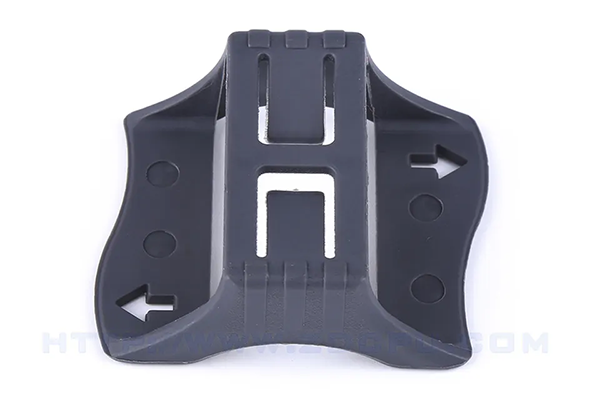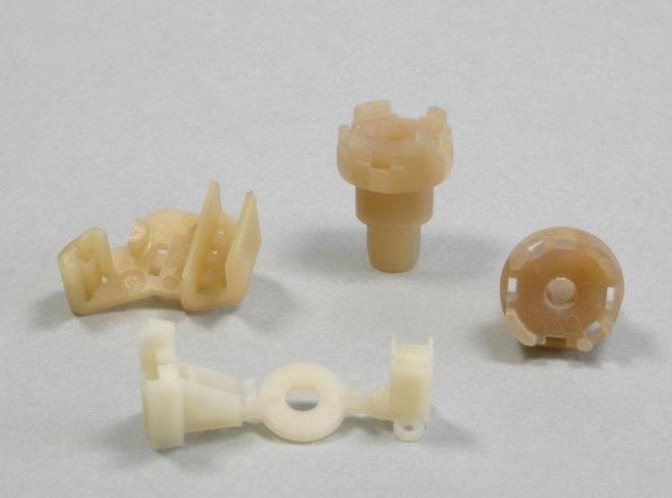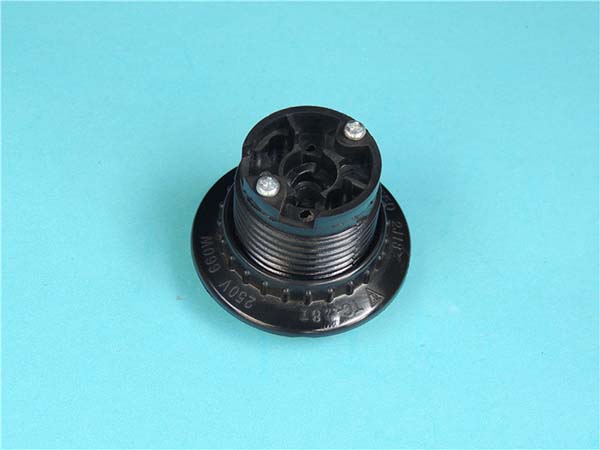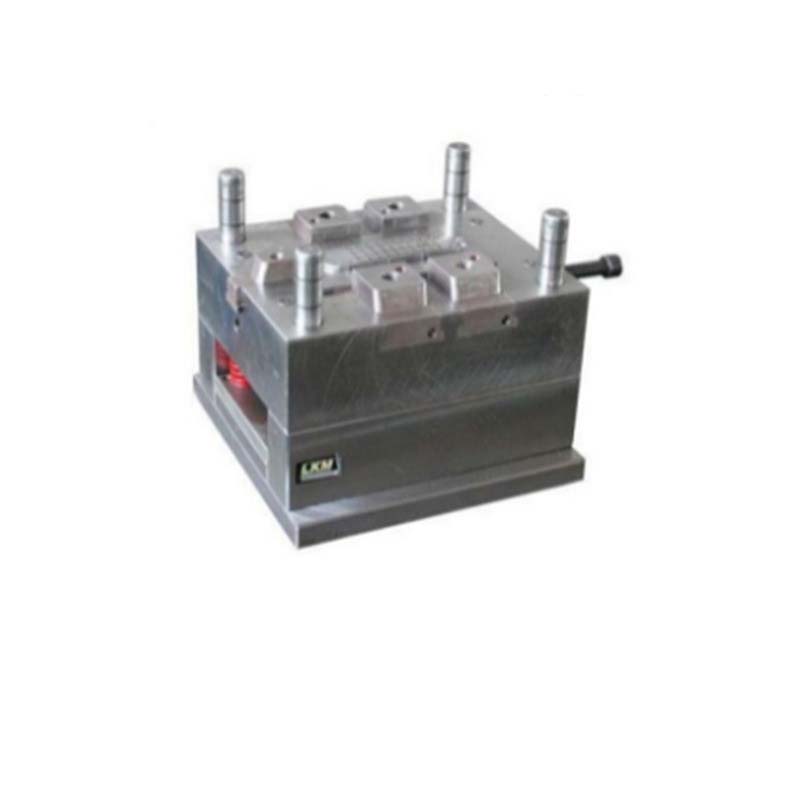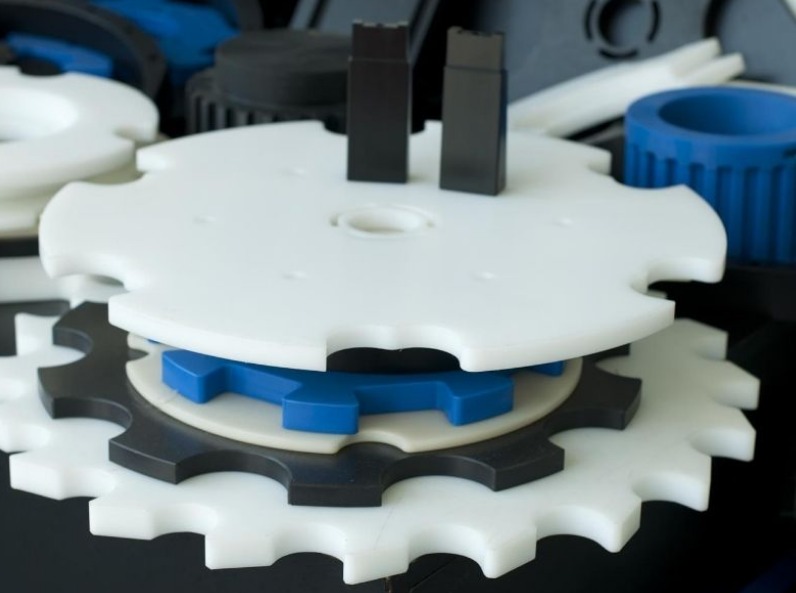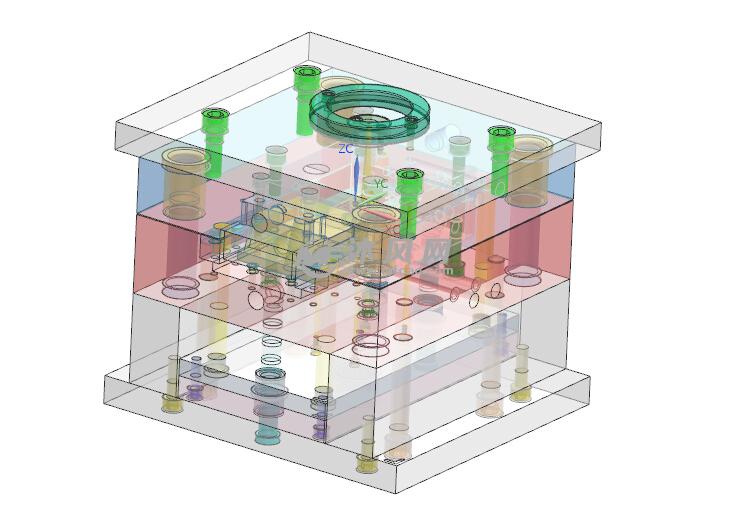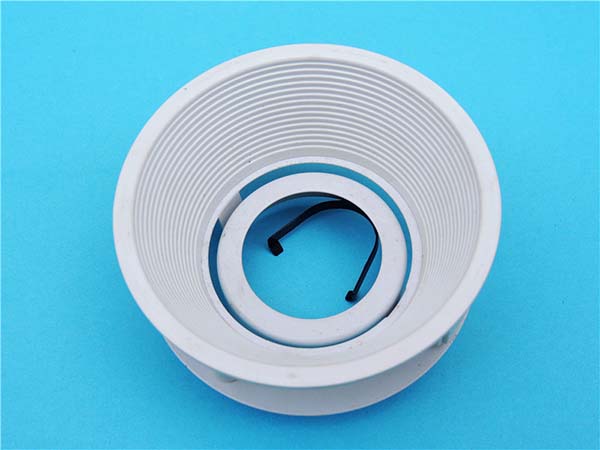Introduction
Polytetrafluoroethylene (PTFE) is celebrated for its exceptional performance in harsh conditions, but injection molding this material presents unique challenges. Manufacturers often struggle with its extremely high melting point, which demands specialized high-temperature equipment. The non-stick properties and low friction coefficient that make PTFE invaluable also cause issues with mold filling and part ejection. Additionally, ensuring consistent chemical inertness and avoiding defects in critical applications can be difficult. This guide explores every aspect of PTFE injection molding to help overcome these hurdles.
1. Material Properties of Polytetrafluoroethylene (PTFE)
PTFE is renowned for its non-stick properties, which are a result of its extremely low surface energy. Its low friction coefficient (as low as 0.04) is one of the lowest among solid materials, making it ideal for applications requiring reduced friction.
High-temperature resistance is another key property. PTFE has a high melting point of approximately 327°C and can operate continuously at temperatures up to 260°C, with short-term exposure to 300°C possible without significant degradation. This makes it suitable for high-temperature applications where other materials would fail.
PTFE's chemical inertness is exceptional—it is resistant to almost all known chemicals, including strong acids, bases, and organic solvents. This property is why it is widely used in chemical processing equipment.
In terms of electrical properties, PTFE offers excellent electrical insulation with a low dielectric constant, making it ideal for high-frequency electrical components. It also exhibits good UV resistance and weatherability, maintaining its properties even after prolonged outdoor exposure.
However, PTFE has relatively low mechanical strength compared to some other engineering plastics, with tensile strength ranging from 15-30 MPa. It also has poor creep resistance, meaning it can deform under constant load over time. Its low thermal conductivity (0.25 W/m·K) affects both processing and application performance.
2. Injection Molding Process for PTFE
2.1 Critical Process Parameters
- Melt Temperature: PTFE requires very high melt temperatures, typically in the range of 360-390°C. Exceeding 400°C can lead to thermal degradation, releasing toxic fumes and reducing material properties.
- Injection Speed and Pressure: Due to its high viscosity, injection speeds for PTFE are relatively slow (5-20 mm/s). Injection pressure is high, ranging from 1000-2000 bar, to ensure proper mold filling.
- Cooling Time and Cycle Time: Cooling time is long (30-60 seconds) due to PTFE's low thermal conductivity. Total cycle times are typically 90-180 seconds, much longer than for most other plastics.
2.2 Material Handling and Specialized Techniques
Drying requirements for PTFE are minimal, as it absorbs very little moisture. However, it should be stored in a clean, dry environment to prevent contamination. Material handling requires care to avoid introducing contaminants that could compromise its chemical inertness.
High-temperature processing of PTFE demands specialized equipment with nickel-plated or Hastelloy barrels and screws to resist corrosion. Specialized molding techniques such as ram injection are often used instead of screw injection to minimize shear, which can cause degradation.
3. Mold Design for PTFE Molding
3.1 Key Design Features
- Venting Requirements: PTFE releases volatile compounds during melting, so generous venting is necessary. Vents should be 0.05-0.1 mm deep and 10-20 mm wide, placed at the end of flow paths and around thick sections.
- Cooling Channel Layout: To handle the high processing temperatures, cooling channels should be 5-8 mm from the cavity surface with a diameter of 10-15 mm. High flow rates (4-6 m/s) are needed to remove heat effectively.
- Draft Angles and Surface Finish: Due to PTFE's non-stick properties, draft angles must be larger than for other materials, typically 5-8° per side. A smooth surface finish (Ra 0.2-0.4 μm) helps with part ejection, and some molds use specialized coatings to further improve release.
3.2 Mold Materials and Systems
PTFE mold materials must withstand high temperatures. H13 tool steel is commonly used, while nickel-based superalloys are employed for high-volume production. Hot runner systems for PTFE are rare due to the material's high processing temperature, but when used, they are made from heat-resistant alloys like Hastelloy.
4. Quality Control and Defects in PTFE Molding
4.1 Common Defects and Solutions
| Defect | Cause | Solution |
| Warpage | Uneven cooling or residual stresses | Improve cooling channel balance; optimize annealing process |
| Voids | Trapped air or thermal degradation | Increase venting; reduce melt temperature |
| Short Shots | Insufficient pressure or temperature | Increase injection pressure; verify melt temperature |
| Surface Defects | Mold contamination or improper flow | Clean mold thoroughly; adjust injection speed |
4.2 Quality Control Measures
Implement statistical process control to monitor critical parameters, with tight tolerances (±1°C for temperature, ±50 bar for pressure). Dimensional accuracy should be checked using precision CMMs, with tolerances of ±0.03 mm for critical components.
Testing for non-stick surface defects can be done using contact angle measurements, where values below 110° indicate potential issues. Periodic chemical inertness testing with aggressive fluids ensures the material's key property is maintained.
5. Applications of PTFE in Injection Molding
5.1 Key Application Areas
- Chemical Processing Equipment: PTFE valves, seals, and gaskets are widely used due to their chemical inertness and resistance to corrosion.
- Electrical Components: Insulators, connectors, and cable jackets benefit from PTFE's excellent electrical insulation and high-temperature performance.
- Medical Devices: Surgical instruments and fluid handling components use PTFE for its biocompatibility and resistance to bodily fluids.
- Food Processing Equipment: PTFE parts are ideal for food contact applications due to their non-stick properties and compliance with food safety standards.
- Aerospace Components: PTFE is used in hydraulic systems and seals where high temperatures and chemical resistance are required.
6. Post-Processing and Finishing of PTFE Parts
6.1 Effective Techniques
- Machining and Trimming: PTFE can be machined using carbide or diamond tools at low speeds (500-1500 RPM) to avoid heat buildup. Coolant should be used sparingly to prevent contamination.
- Adhesive Bonding: Special surface treatments like sodium etching are required to prepare PTFE for bonding. Use adhesives specifically formulated for PTFE, cured at 80-120°C.
- Heat Treatment: Annealing at 200-230°C for 2-4 hours relieves internal stresses, reducing warpage and improving dimensional stability.
Yigu Technology, a custom manufacturing supplier in China, has extensive experience in PTFE injection molding. We utilize specialized high-temperature equipment and precision molds to produce high-quality PTFE components. Our strict quality control ensures parts meet the demanding requirements of chemical, medical, and aerospace industries, making us a trusted partner for PTFE molding solutions.
FAQs
- Is PTFE suitable for continuous use at high temperatures?
Yes, PTFE can be used continuously at temperatures up to 260°C. It can withstand short-term exposure to 300°C, but prolonged exposure above 260°C may cause gradual degradation.
- Can PTFE be colored or modified with additives?
PTFE is naturally white, but it can be colored with compatible pigments. It is also often modified with fillers like glass fiber or carbon to improve mechanical strength and creep resistance.
- What safety precautions are needed when injection molding PTFE?
Proper ventilation is critical, as degraded PTFE releases toxic fumes. Equipment should have fume extraction systems, and operators should use appropriate PPE. Melt temperatures must be carefully controlled to prevent degradation.
